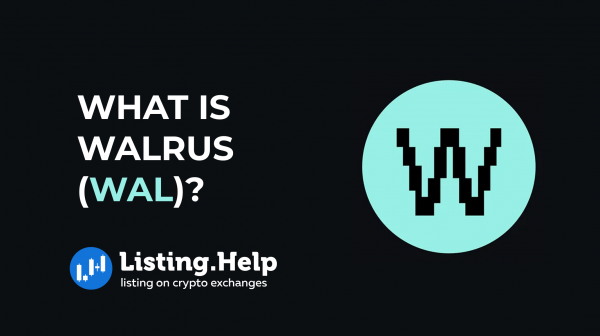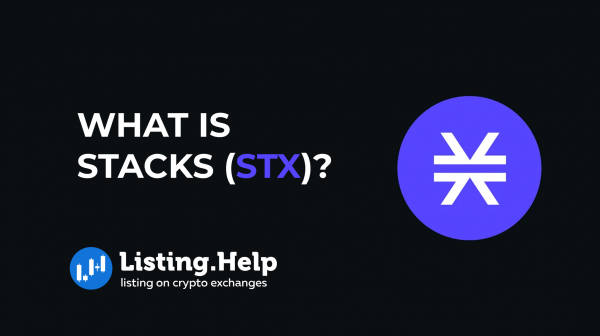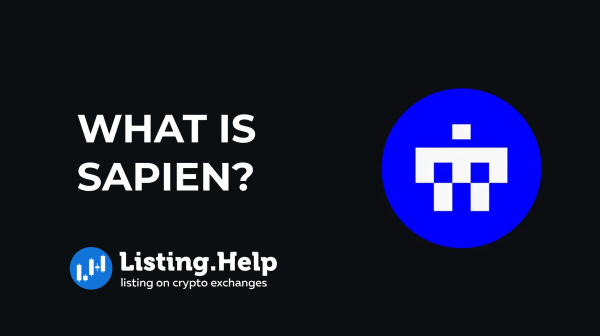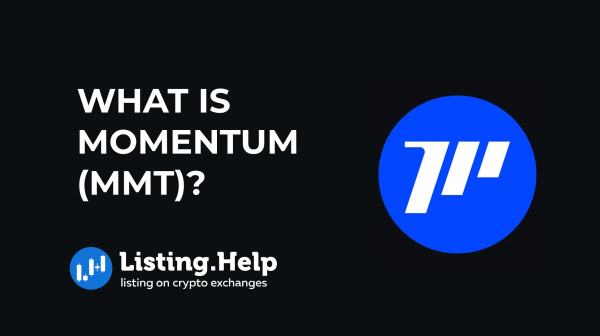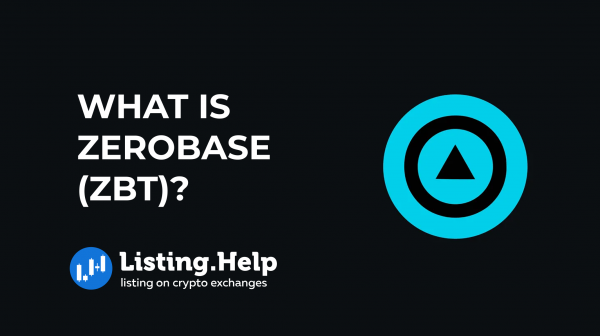What is the Grayscale Bitcoin Trust ETF?
 May 7, 2024
May 7, 2024 Updated: January 27 2025, 06:52
Updated: January 27 2025, 06:52
LEAVE A REQUEST
Launching your own token project? Our experts are ready to help with listing on exchanges, market making, marketing and other solutions
SUBMIT APPLICATIONWhat is the GBTC?
The Grayscale Bitcoin Trust (GBTC) is an investment product that allows both individual and institutional investors to access bitcoin without the complexities of direct ownership. Investing directly in bitcoin can be complex, requiring a solid grasp of blockchain technology and how cryptocurrency exchanges operate. GBTC simplifies this process by offering shares that represent bitcoin.
Originally launched in 2013, GBTC was restricted to institutional and accredited investors. On January 21, 2020, it registered with the Securities and Exchange Commission (SEC), becoming the first digital currency investment vehicle to achieve this status. In January 2024, Grayscale received approval to convert GBTC into a spot bitcoin exchange-traded fund (ETF), alongside ten other funds.
GBTC started in September 2013 as a private, open-ended trust for accredited investors. In 2015, it received approval from FINRA to publicly trade its shares using the ticker symbol GBTC. The trust is solely invested in BTC, allowing investors to get involved with bitcoin through a security model while bypassing the challenges of purchasing, storing, and securing the bitcoins themselves. The shares aim to reflect the market price of BTC, with reduced fees and expenses.
Initially, GBTC was offered privately until 2015, when it began public trading on the OTCQX, an over-the-counter market, under less stringent reporting requirements. At that time, its model was similar to that of established commodity investment products, such as the SPDR Gold Trust, which is a physically backed gold ETF. The company later expanded its offerings to include trusts for ether, litecoin, and other cryptocurrencies.
From 2017, Grayscale sought regulatory approval to transition GBTC into an ETF to make it more accessible to retail investors. However, the SEC turned down multiple applications due to concerns over market manipulation and the potential risks to investors. Finally, in January 2024, the SEC approved Grayscale’s application, and GBTC was listed as an ETF on the NYSE Arca on January 11, 2024.
How does Grayscale Bitcoin Trust work?
The Grayscale Bitcoin Trust (GBTC) operates similarly to an exchange-traded fund (ETF), allowing institutional investors to participate in the primary market and offering regulated Bitcoin access to retail investors in the secondary market. In these markets, share prices fluctuate based on demand.
Initially, GBTC was only traded in over-the-counter (OTC) markets. After several regulatory challenges, the SEC approved Grayscale’s transformation of the trust into an ETF. This change meant that GBTC shares could be traded by institutional investors on the primary market and by retail investors on the secondary market.
Institutional partners interested in GBTC invest by having Grayscale purchase Bitcoin in the primary cryptocurrency market. In exchange for their capital, these institutions receive a corresponding number of GBTC shares, which they can then sell to retail investors on the stock market.
GBTC includes an annual management fee of 1.5%, covering all costs related to the administration and security of the Bitcoin holdings. There are no additional fees.
GBTC tracks the price of Bitcoin using the XBX index, and its performance reflects this benchmark. The trust owns a significant amount of actual Bitcoin, and the share prices are designed to reflect the per-share value of the Bitcoin held.
However, the trading price of GBTC shares can significantly deviate from Bitcoin’s net asset value (NAV), either as a premium or a discount. This price difference is influenced by various factors, such as supply and demand, investor sentiment, and overall market conditions.
After a six-month lockup period, investors have the option to keep or sell their shares on the secondary market. Shares, identified by the ticker symbol GBTC, often trade at a premium that varies with the demand for Bitcoin. For example, when Bitcoin’s price significantly rises, the demand for GBTC shares typically increases, driving up their market price.
Advantages and Disadvantages of GBTC
Advantages
A major advantage of GBTC is that it offers a straightforward way to invest in bitcoin, particularly for those who may not be well-versed in the details of cryptocurrency trading and the use of digital wallets. GBTC eliminates the need to understand blockchain technology and navigate cryptocurrency exchanges by allowing investors to handle shares through conventional brokerage accounts. This ease of access is appealing for those interested in bitcoin’s market movements but reluctant to delve into the technical aspects of cryptocurrency handling.
GBTC operates similarly to most ETFs, meaning it can be purchased and sold through regular brokerage services. It is also compatible with tax-advantaged accounts like individual retirement accounts (IRAs) or 401(k)s, offering a tax-efficient way to invest in bitcoin. This is particularly beneficial given the potential tax implications associated with the capital gains of direct cryptocurrency dealings.
Additionally, GBTC emphasizes security. The challenge of securely storing cryptocurrency is well-known, and Grayscale assures that its assets are protected following stringent industry standards. By investing in GBTC, individuals avoid the prevalent security risks associated with cryptocurrency exchanges and wallet services, which are often targeted by hackers, leading to significant financial losses.
Disadvantages
However, GBTC is not without its drawbacks, notably its relatively high management fees of 1.5%. These fees are higher than many other pooled investment vehicles and can diminish returns, particularly in a bear market. This makes GBTC a potentially less cost-effective option for those seeking bitcoin exposure compared to other investment vehicles or competing bitcoin ETFs. The fee structure is often pointed out as a primary drawback to investing in GBTC.
Impact on GBTC’s Value
GBTC’s shares have often been valued below their net asset value (NAV) due to the uncertainty surrounding regulatory approval. At times, the discount has been substantial, nearing 50%. However, when the SEC greenlit the transformation of GBTC into a spot ETF, this gap began to close. By February 8, 2024, the discount had averaged -0.32% over five years, indicating that the fund’s trading price was much closer to its actual NAV.
This extended period of regulatory uncertainty highlights wider issues that concern regulators, such as investor protection, the risk of market manipulation, and the overall stability and maturity of the cryptocurrency market. The decision on GBTC’s ETF application has been pivotal, setting an important precedent for the regulatory treatment of other cryptocurrency investments.

To gain deeper insights and stay updated with the latest trends and developments in blockchain technology, we invite you to explore our blog at https://listing.help/blog/.




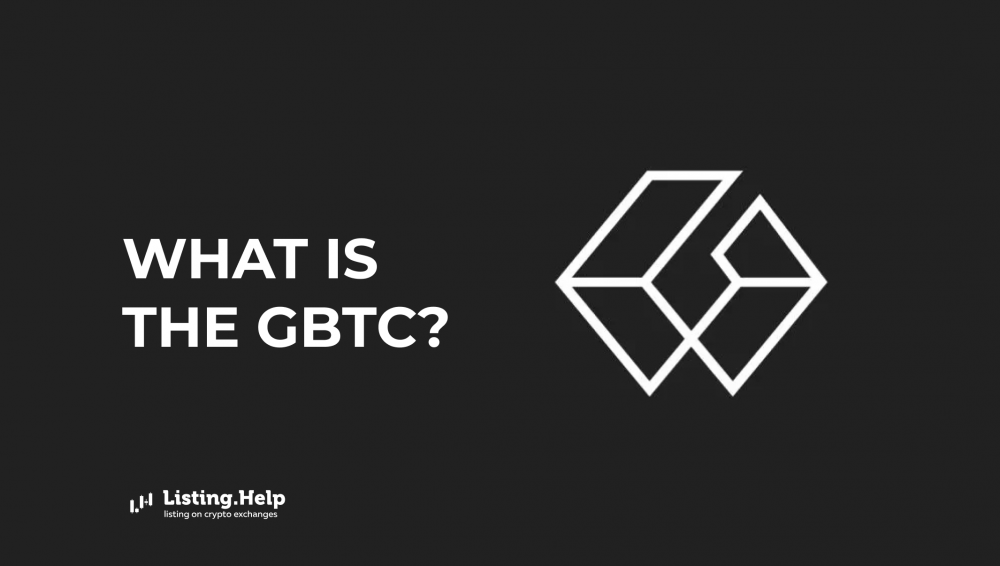


 December 22, 2025
December 22, 2025 